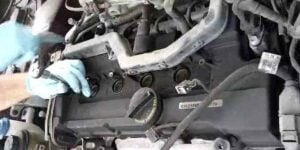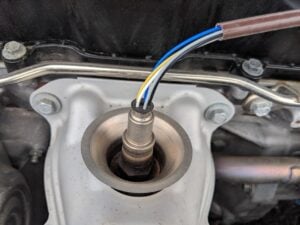Depress the Brake To Start Engine
Depressing the brake to start the engine means pressing the brake pedal, keeping it pressed, and starting the engine. Keep the brake pedal pressed, then start the engine. The Depress Brake To Start Engine warning comes up often because the driver is not pushing the brake pedal hard enough or the brake light switch is defective.
What Does Depress Brake To Start Engine Mean?
“Depress Brake To Start Engine” is a safety feature in many modern vehicles that requires the driver to depress the brake pedal before starting the engine. This feature ensures that the car remains stationary and under control before the engine starts, reducing the risk of accidents. Press the brake pedal, turn the key, or push the start button to start the engine. The feature is easy to use and provides extra safety when starting the vehicle.
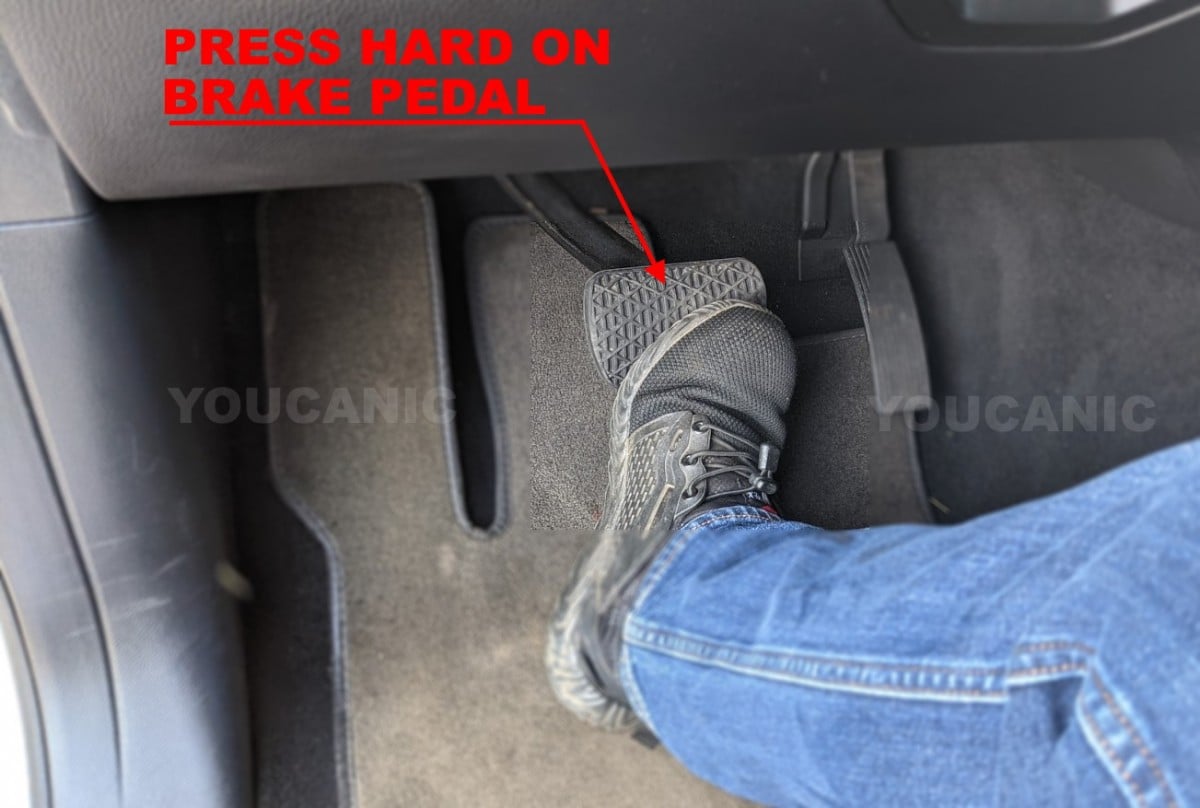
Depress the Brake. To Start the Engine, press down on the brake pedal, then start the engine. Vehicles with automatic transmission require you to press the brake pedal before pushing the START/STOP button or starting the engine.
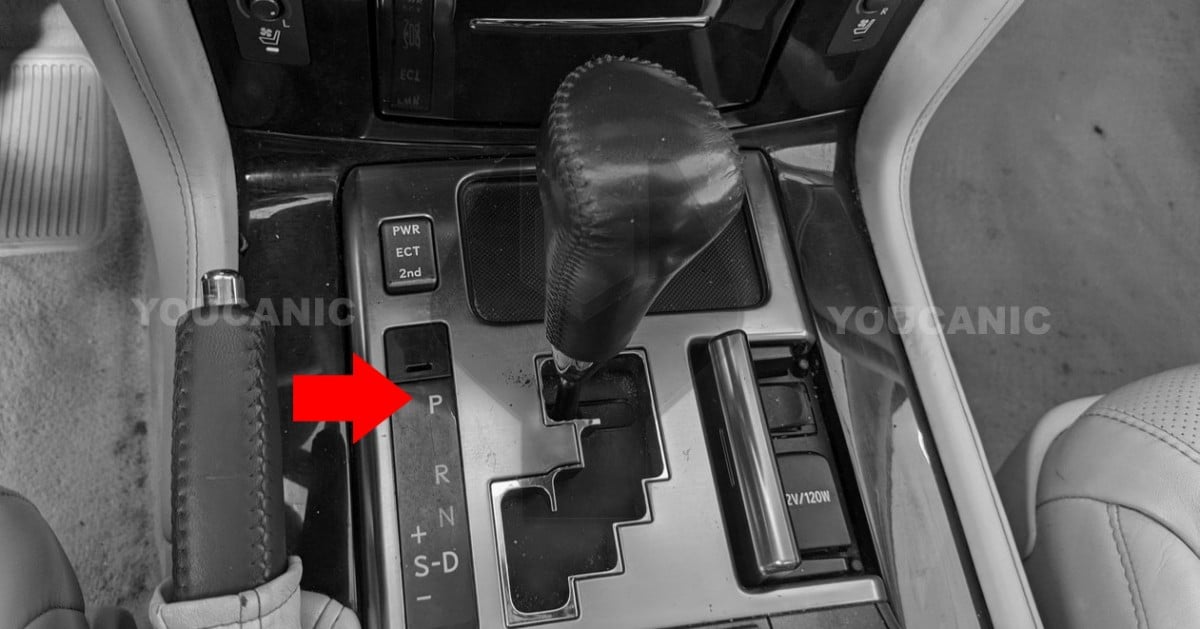
If your vehicle displays a Depress Brake To Start Engine, ensure the gear selector is in the Park position, press the brake pedal down hard, and then push the engine switch to start the engine.
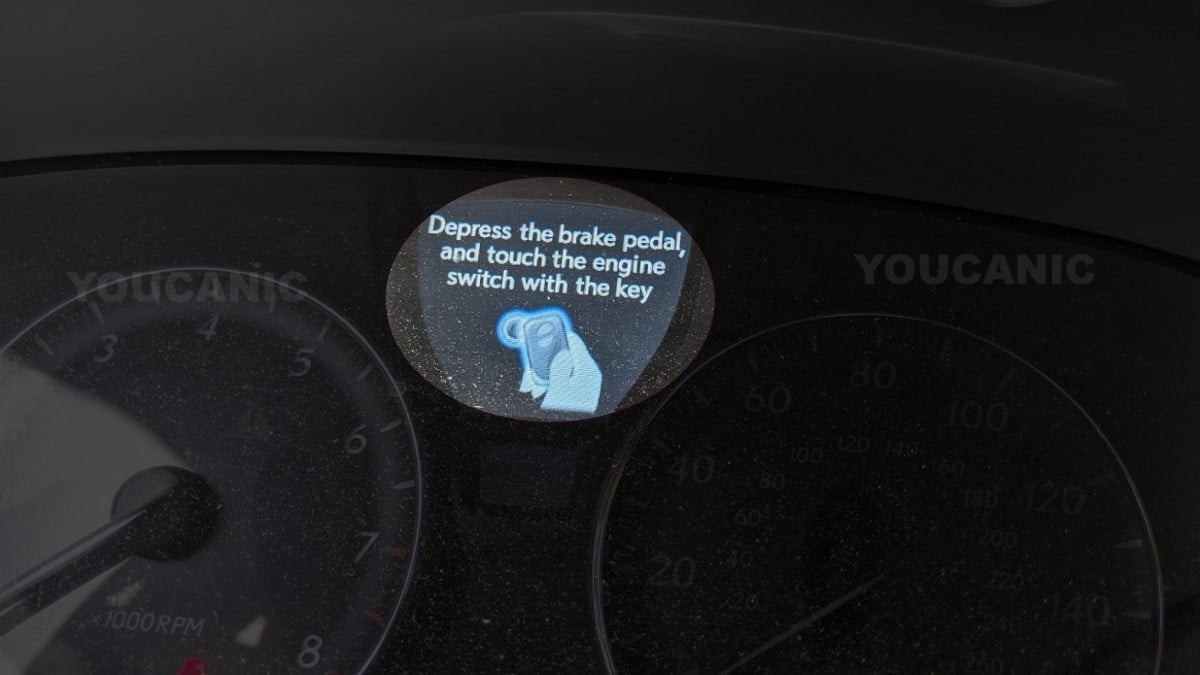
Press the START/STOP button with the key fob if the vehicle doesn’t start. If you have a manual transmission, you may need to press the clutch and brake pedal to start the engine. If the vehicle doesn’t start when you turn the ignition or press Start/Stop, and your car has a remote start, try starting the vehicle using the key fob remote or app.
Common Problems
Brake Light Switch
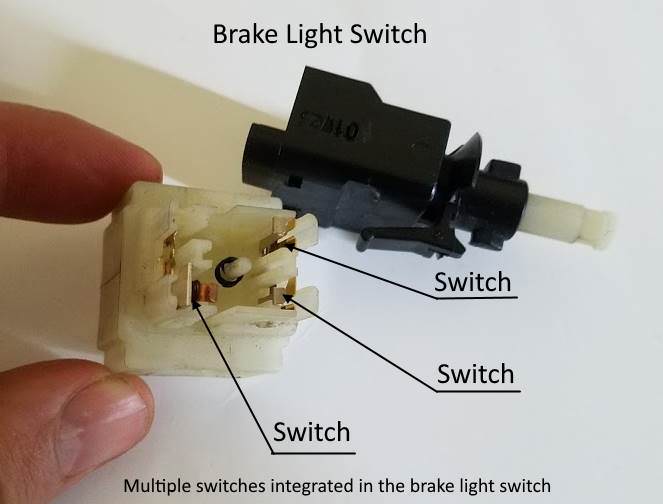
The brake pedal must be depressed to let the Engine Control Unit (ECU) know that you pressed the brakes. The message “Depress Brake To Start Engine” often appears because the driver is not pushing the brake pedal hard enough or the brake light switch is faulty.
The brake light switch on a modern vehicle is a complicated device designed to do much more than turn on the brake lights. Learn more about the brake light switch and its many functions.
Gear Selector
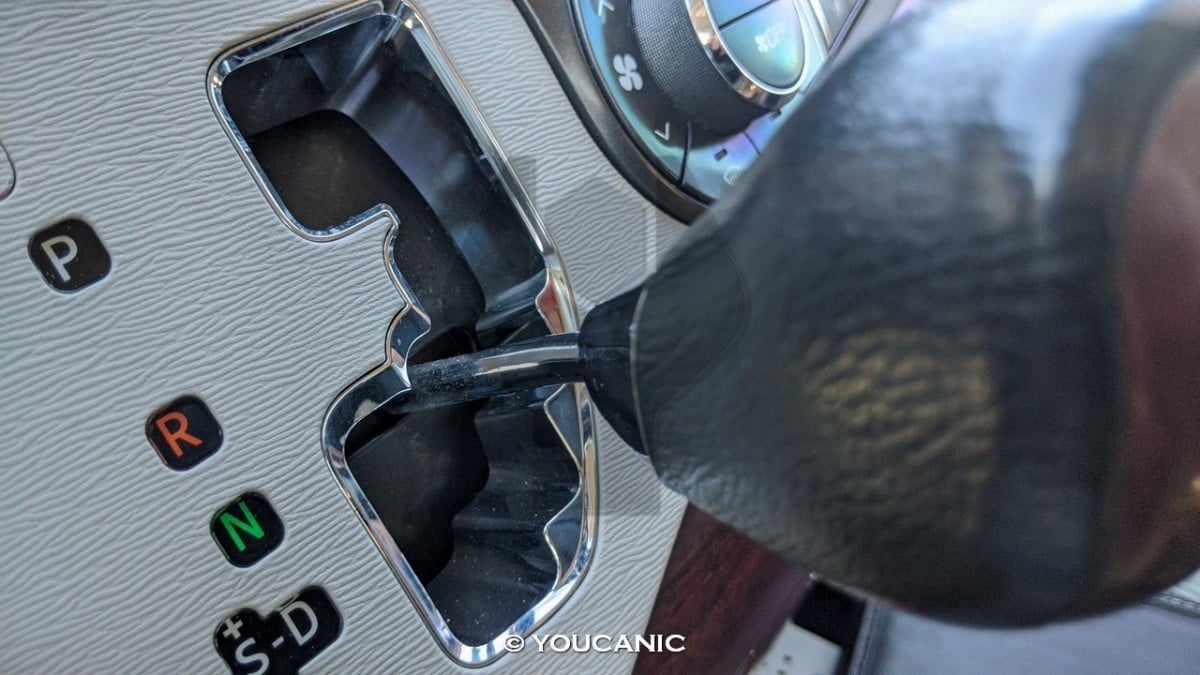
Another common issue is that the gear selector is not in Park but has accidentally been moved to Drive or Reverse. Move the gear selector back to park and start the engine. If that doesn’t work, keep the brakes pressed, move the shifter to Neutral, and then try to start the engine. Place the transmission back in the Park before you release the brake pedal.
The gear selector can prevent the vehicle from starting. If it can not signal the engine control unit (ECU) that the transmission is in Park, the car won’t start.
Start/Stop
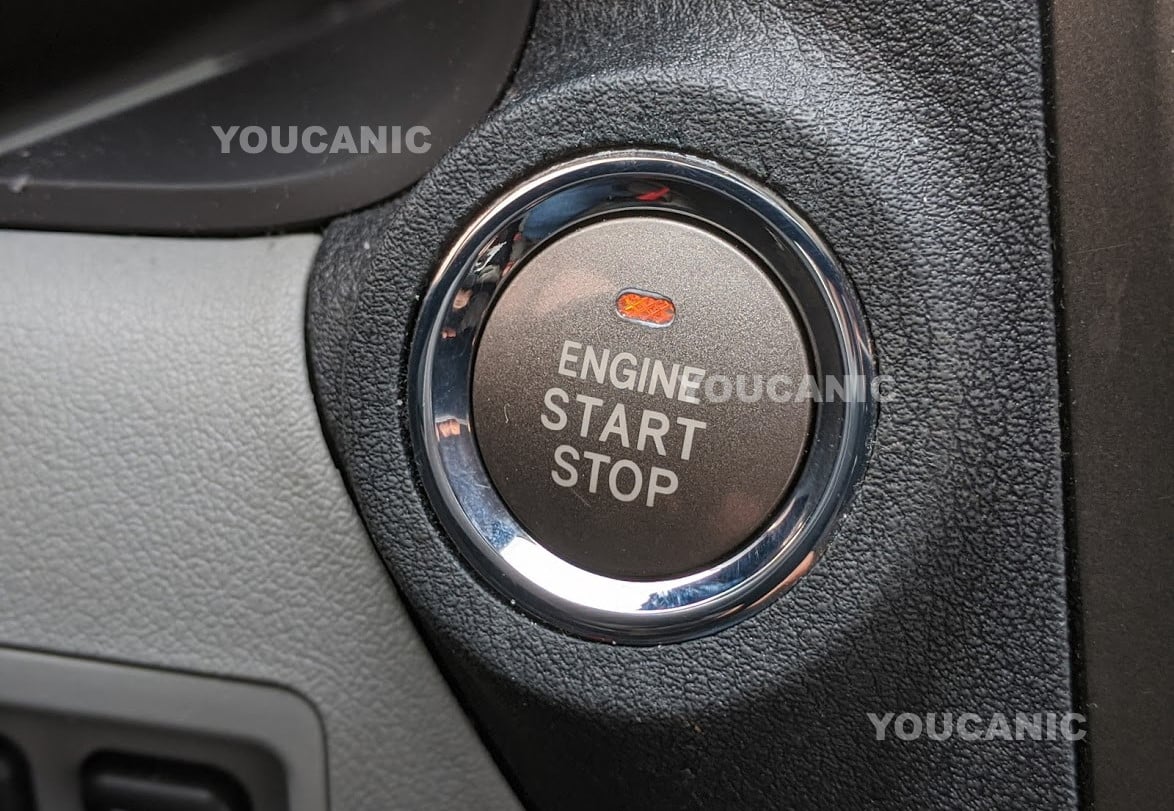
The defective Ignition or Stop/Start button can cause the warning message of the Depress Brake To Start Engine. Troubleshooting the Stop/Start button requires a professional-level scanner.
Weak battery
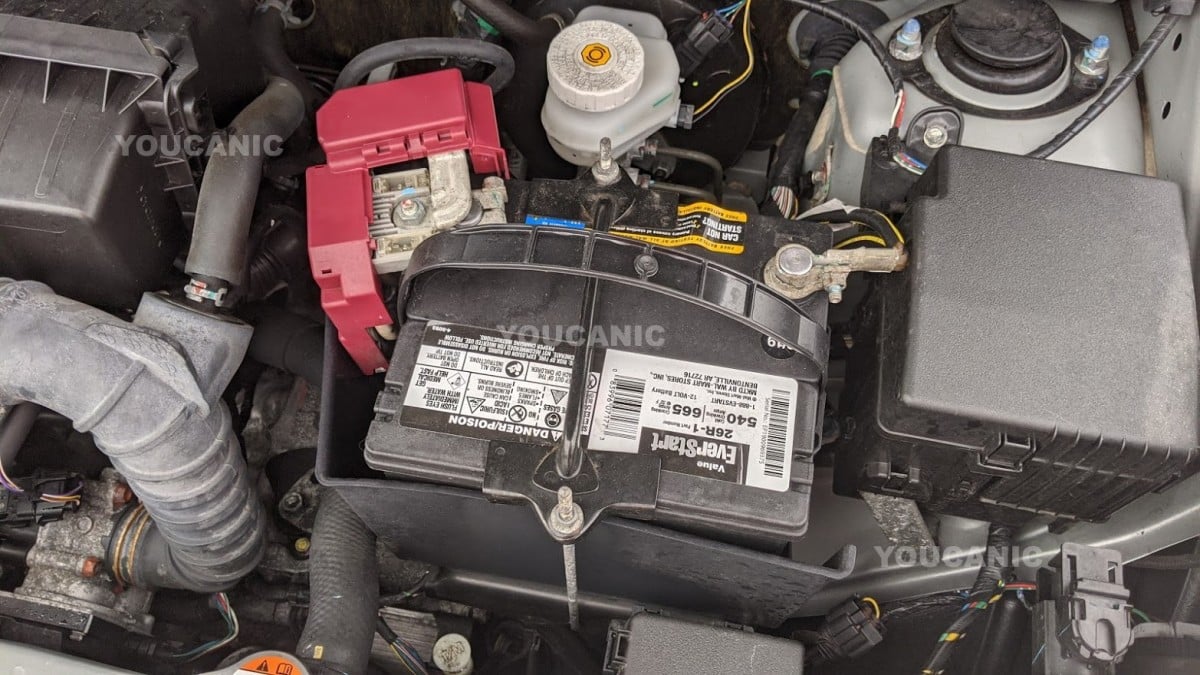
While a weak battery may have enough power to unlock the doors, it may not allow the Body Control Module (BCM) and Immobilizer to boot up and run properly. If the battery is weak, you may also notice several other warnings, such as ABS, tracking control, and other warning lights. Most auto parts stores, such as Advance Auto Parts and AutoZone, can test your battery and charging system for free. The other option is to get a 12 Volt Car Battery Tester and try the battery and charging system yourself.
Brake booster
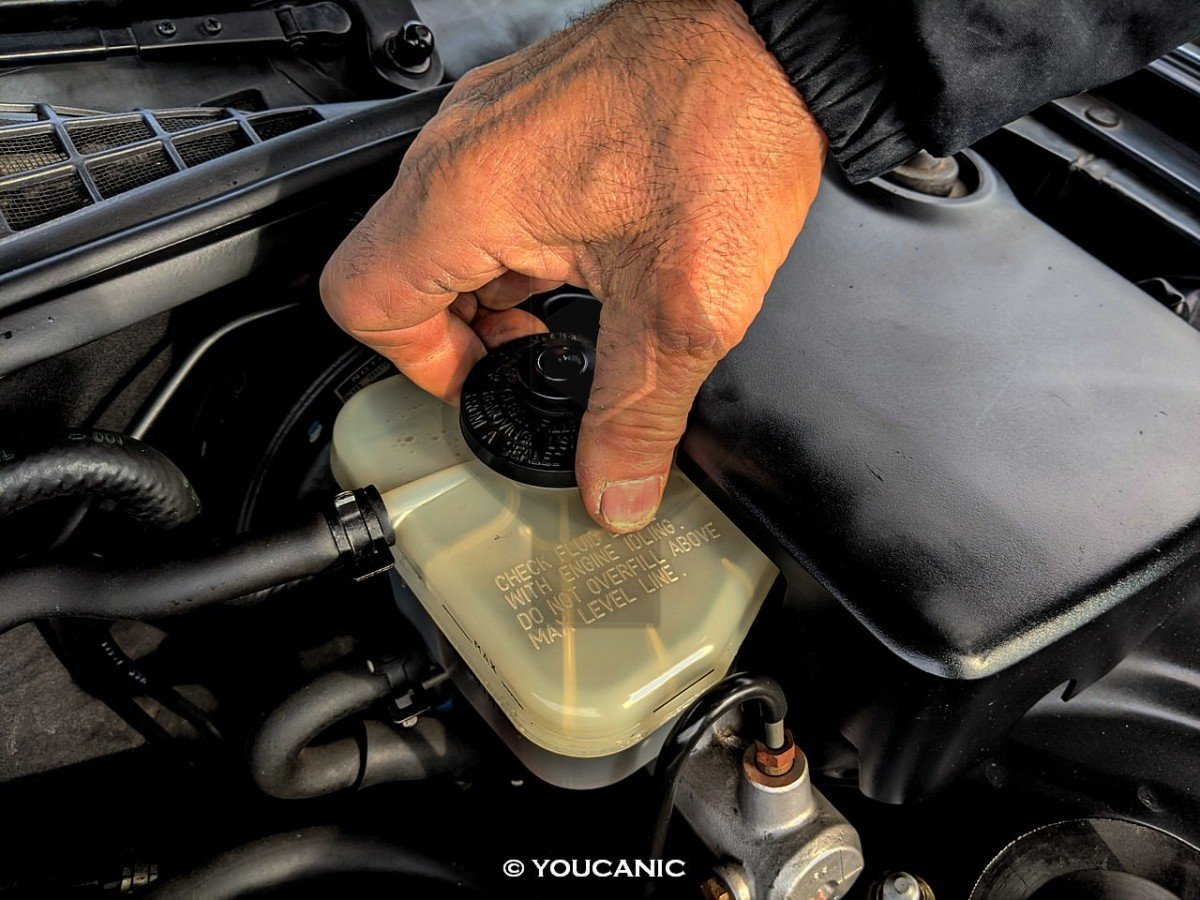
Problems with the brake booster, master cylinder, expansion tank, check valve, and vacuum leaks can prevent the driver from pressing the brake pedal. If the brake pedal is hard when the engine is running, it is a common symptom indicating that the problem can be due to a bad brake booster.
Starter failure
While not a common problem, we have seen BMWs that won’t start due to a bad starter. The brake pedal can be hard to press, and warning lights such as AWD, ABS, Airbag, and DSC Malfunction come on. Read codes from CAS and DME modules on a BMW before you replace the starter. Troubleshooting a car that won’t start due to electrical problems can be tricky, even for experienced mechanics. Check the basics and, if necessary, tow your vehicle to an auto repair shop or mechanic to have it diagnosed by a professional.
Frequently Asked Questions
Why do I have to press the brake to start my car?
For safety reasons, most cars are designed not to start unless you press the brake pedal. Avoid accidents if you try to start the engine when the transmission is in Drive or Reverse. Unless you press the brake pedal, the switch in the brake pedal will not close, so you won’t start the engine. If you have a manual transmission, there is also a switch on the clutch pedal, which means you need to press the pedal to start the car.
Do you have to push the brake pedal to start the engine?
Most newer cars require pressing the brake pedal to start the engine. This is a safety feature; most manufacturers have integrated it in all 2000 and newer vehicles with automatic transmissions.
Why is keeping your right foot on the brake while starting the engine is essential?
There are two reasons. One is that the engine won’t start unless you press the brake pedal. The second is safety concerns. If you start the engine without pressing the brakes and gear, the vehicle will move as you crank the engine and cause an accident.
Can you start a car without pressing the brake?
No, unless an automotive technician has bypassed the brake switch.
Which vehicles are affected by this warming?
Depressing brakes to start engines may come in many forms, including Acura, Audi, BMW, Ford, Chevrolet, Dodge, Chrysler, Lexus, Mercedes-Benz, Toyota, Honda, Volkswagen, and Volvo.
What does depress brake pedal mean
It means you need to press the brake pedal. You depress the brake pedal every time you bring the vehicle to a stop.
Can’t depress the brake to start the car?
Press the brake pedal hard several times, then keep it pressed and try to start the car.






